Banana bread, with its moist texture, sweet flavor, and the comforting warmth it exudes, remains a beloved staple in many households. Traditionally, the inclusion of butter is pivotal for achieving that rich taste and tender crumb that fans of banana bread cherish. However, there are instances, be it due to dietary restrictions, health considerations, or an unexpected shortage of butter, where finding a substitute for butter in banana bread becomes necessary. Fortunately, the culinary world is replete with alternatives that not only replicate the role of butter but often introduce an intriguing twist to the bread’s final taste and texture. These substitutes for butter in banana bread ensure that everyone can enjoy this timeless classic, regardless of their dietary needs or pantry stock.
Finding the Perfect Butter Substitute for Banana Bread
Embarking on the quest for the ideal butter substitute in banana bread requires a deep dive into how each alternative affects the final product. The aim is to preserve or even enhance the bread’s classic moistness, rich flavor, and tender texture, all while aligning with health or dietary preferences. This journey isn’t merely about swapping ingredients; it’s about appreciating the unique contributions each substitute brings to your baking.
Types of Butter Substitutes
Oils: A Versatile Choice
Oils can match the fat content of butter, keeping your banana bread moist and tender. They range from neutral flavors, like canola, to those with distinct tastes, such as coconut or olive oil, allowing for flexibility in flavor profiling.
Fruit Purees: Sweet and Nutritious
Fruit purees, like applesauce or mashed bananas, naturally sweeten the bread, potentially reducing the need for added sugars. They also contribute moisture, enhancing the nutritional value of your bread with vitamins and fiber.
Dairy and Non-Dairy Alternatives: Creamy and Rich
For those avoiding dairy, alternatives like almond milk and coconut yogurt can replicate the creamy texture and richness of butter. These options are perfect for individuals with dairy allergies or lactose intolerance, offering a way to enjoy banana bread without compromise.
Choosing the Right Substitute
Selecting the appropriate substitute for butter in banana bread involves considering the desired outcome, health considerations, and any dietary restrictions. Plant-based oils and fruit purees are excellent for those reducing saturated fat intake. They maintain the bread’s moisture without health drawbacks. Non-dairy milks and yogurts provide a creamy texture and richness. This ensures that everyone, regardless of dietary needs, can savor delicious banana bread.
By organizing the text with clear subheadings and simplifying sentences, this revised approach aims to enhance readability and comprehension, making it easier for readers to navigate through the options and make informed decisions about their baking alternatives.
The process of selecting a butter substitute also opens up opportunities for creativity and personalization in your baking. Experimenting with different oils or purees can lead to unique flavor combinations and textures, transforming traditional banana bread into a customized treat that reflects your personal taste and dietary needs. For comprehensive guidance on making healthier baking choices, the American Heart Association provides invaluable tips and resources that can help you navigate the vast array of options available.
Moreover, the internet is a treasure trove of culinary inspiration and knowledge. For practical examples of how to implement these substitutes in your recipes, websites like RecipeSide offer a plethora of recipes tailored to various dietary preferences, including an excellent guide for making dairy-free banana bread. These resources can be particularly helpful for home bakers looking to explore the world of baking without butter, providing step-by-step instructions and tips for achieving the best results.
Oil-Based Substitutes
Fruit Purees as Butter Replacements in Moist Banana Breads
Enhancing Banana Bread with Fruit Purees
Incorporating fruit purees as substitutes for butter in banana bread not only serves as a strategy to lower the recipe’s fat content but also infuses the bread with additional flavors and nutrients, rendering it both healthier and more flavorful. These purees contribute moisture and natural sweetness, enabling bakers to cut back on added sugars and fats without sacrificing the bread’s soft, moist texture. Each fruit puree, from applesauce to mashed bananas and beyond, offers its unique benefits and taste profiles, opening up a world of creativity and experimentation in baking.
Applesauce: A Versatile Favorite
Applesauce is perhaps the most commonly used fruit puree substitute in baking due to its mild flavor and natural sweetness. It seamlessly blends into the batter, enhancing moisture without overshadowing the banana’s taste. Unsweetened applesauce is the best choice, as it adds moisture without unnecessary added sugars. Applesauce is also rich in fiber and vitamin C, contributing to the nutritional value of your banana bread.
Mashed Bananas: Intensifying Banana Flavor
Mashed bananas offer an excellent way to intensify the banana flavor in your bread. Using extra bananas in place of butter not only increases the fruit’s presence but also boosts the bread’s moisture content naturally. This method is particularly useful for those looking to make a banana bread that’s rich in potassium and dietary fiber, all while keeping the ingredient list simple and focused on the fruit itself.
Pumpkin Puree: Adding a Seasonal Twist
Pumpkin puree is a fantastic option for adding a seasonal twist to your banana bread. Its subtle earthiness and natural sweetness complement the banana flavor, especially when paired with warm spices like cinnamon, nutmeg, and clove. Pumpkin is also packed with vitamins A and C, potassium, and fiber, making it a nutritious addition to your recipe.
Avocado Puree: Creamy and Nutrient-Rich
Avocado puree is less common but highly effective as a butter substitute. It’s particularly appealing for its creamy texture and healthy fats. While avocado’s mild flavor is usually overshadowed by the banana, it contributes significantly to the bread’s richness and moisture. Avocado is also a powerhouse of nutrients, including heart-healthy monounsaturated fats, fiber, and nearly 20 vitamins and minerals.
Conclusion: A Creative and Nutritious Approach
Incorporating fruit purees into your banana bread recipe is a creative way to play with flavors and textures while also boosting the bread’s nutritional profile. Whether you’re looking to enhance the banana flavor with additional mashed bananas, add a hint of autumn with pumpkin, or experiment with the creamy texture of avocado, fruit purees offer a versatile and health-conscious approach to baking.
Experimenting with fruit purees not only allows for a reduction in fat but also introduces an opportunity to infuse your banana bread with new flavors and a boost of nutrition. For bakers interested in exploring dairy-free and lower-fat options, incorporating fruit purees can be a game-changer, offering a simple yet effective way to modify traditional recipes for a healthier outcome.
Dairy and Non-Dairy Butter Alternatives for Banana Bread
Exploring both dairy and non-dairy alternatives for butter in banana bread opens up a world of possibilities for those with dietary restrictions, lactose intolerance, or a desire to experiment with their baking. These substitutes not only replicate the moistness and richness of butter but also introduce a range of textures and flavors. This diversity turns banana bread into a canvas for culinary creativity, allowing for adjustments that meet health preferences or dietary needs. Through these alternatives, banana bread transcends its traditional role, becoming a showcase for the versatility and innovation of contemporary baking.
Dairy-Based Substitutes
Yogurt: A Creamy Twist
Yogurt serves as an excellent butter substitute, adding a creamy texture and a hint of tang to enhance your banana bread’s complexity. Its acidity interacts with leavening agents in the recipe, creating a lighter, fluffier bread. Greek yogurt, in particular, offers a protein boost while keeping the bread moist.
Sour Cream: Richness and Tang
Sour cream, known for its fat content, adds depth and tenderness to banana bread. Its acidity aids in leavening, softening the bread’s texture and introducing a subtle tangy contrast to the sweetness of the bananas.
Buttermilk: Tender and Flavorful
Buttermilk contributes a unique flavor and tenderness to baked goods. Its acidity helps to tenderize gluten, yielding a cake with a delicate crumb and structure, ideal for those seeking a soft texture without traditional fats.
Non-Dairy Alternatives
For those avoiding dairy, numerous non-dairy substitutes can mimic the benefits of dairy-based ingredients in banana bread, ensuring everyone can enjoy this moist and rich treat.
Plant Milks: Diverse Flavors
Almond, soy, and coconut milk can replace liquid ingredients in baking. Though they lack butter’s fat, they contribute to the bread’s moisture and flavor, each adding its own taste—nutty almond, neutral soy, or coconut.
Plant-Based Yogurts: Creamy and Dairy-Free
Coconut yogurt and other plant-based yogurts stand in for traditional yogurt or sour cream. They match the texture and moisture of their dairy counterparts and come in various flavors, broadening the flavor possibilities of your banana bread.
Incorporating dairy and non-dairy alternatives into your banana bread caters to various dietary needs. It also allows for experimenting with different flavors and textures. Whether you’re using yogurt for protein and tanginess, sour cream for richness, or plant-based milks for a dairy-free version, each option enhances your baking while keeping it moist and delicious.
For bakers looking to explore the realm of dairy-free baking further, PETA’s comprehensive guide to vegan baking is an invaluable resource. It provides tips, tricks, and substitute recommendations that ensure your banana bread remains a crowd-pleaser, regardless of dietary preferences.
Key Considerations for Butter Substitutes in Banana Bread
When you’re tweaking banana bread recipes to use butter substitutes, it’s vital to keep several important factors in mind.These changes are essential for maintaining banana bread’s delicious taste and comforting feel, while also catering to various dietary needs. Whether you’re exploring gluten-free options or creating vegan variations, skillfully modifying your recipe is crucial for baking the perfect loaf. Choosing the right substitutes for butter ensures each version retains the cherished qualities of the original while accommodating different dietary preferences.
Gluten-Free Flour Alternatives
If gluten is a concern, swapping traditional flour for a gluten-free variety is a must. But this change often involves more than a straightforward substitution. Gluten-free flours differ widely in composition and interaction with other recipe components.
- All-purpose gluten-free flour blends aim to replicate wheat flour’s properties, typically combining rice flour, tapioca starch, and xanthan gum to bind ingredients without gluten.
- Oat flour provides a gentle, sweet taste. It’s important to use oats that are certified gluten-free to prevent cross-contamination.
- Almond flour brings a nutritious, nutty flavor but is denser than wheat flour, possibly requiring recipe adjustments for liquids or leavening agents.
Vegan Ingredient Swaps
Creating a vegan banana bread means replacing butter and other animal products, like eggs. Various plant-based alternatives can substitute for eggs, each adding unique qualities to your baking.
- Flax eggs (ground flaxseed mixed with water) offer a binding property similar to eggs, with a hint of nuttiness.
- Extra fruit puree, from bananas or applesauce, boosts moisture and binding, ideal for enhancing the bread’s fruity flavor.
- Commercial egg replacers are designed to mimic eggs in baking, ensuring your banana bread retains its structure and moistness.
Adjusting Sugar and Enhancing Flavors
You can tailor the sweetness and flavor of banana bread to personal preferences or health goals. Overripe bananas already contribute significant sweetness, which can reduce the need for added sugars.
- Consider sugar alternatives like coconut sugar or maple syrup to cut down on refined sugars, adding unique flavors and nutrients.
- Nuts, chocolate chips, or dried fruit not only improve taste and texture but can also boost nutritional value. Walnuts add omega-3 fatty acids, and dark chocolate chips offer antioxidants.
Customizing your banana bread to fit specific dietary requirements doesn’t have to mean compromising on taste or texture. With thoughtful adjustments and a dash of creativity, you can bake a loaf that’s both delightful and inclusive. Whether experimenting with gluten-free flours, vegan substitutes, or tweaking sweetness levels, the key is to enjoy the process and the distinctive results each variation brings to your baking.

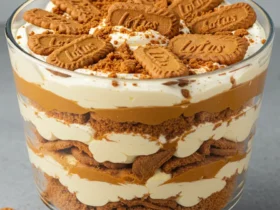
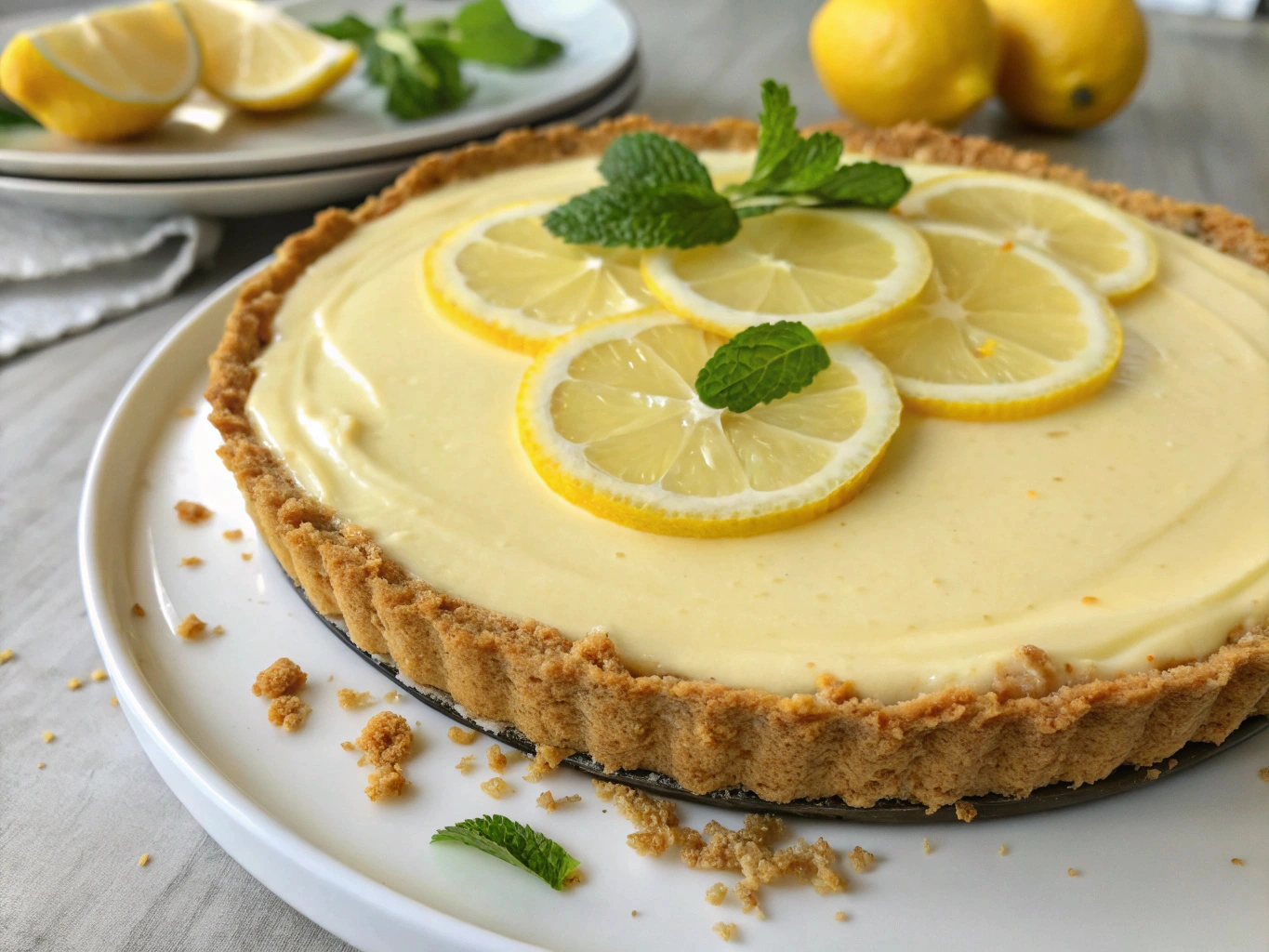
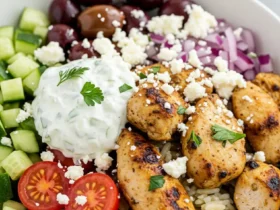

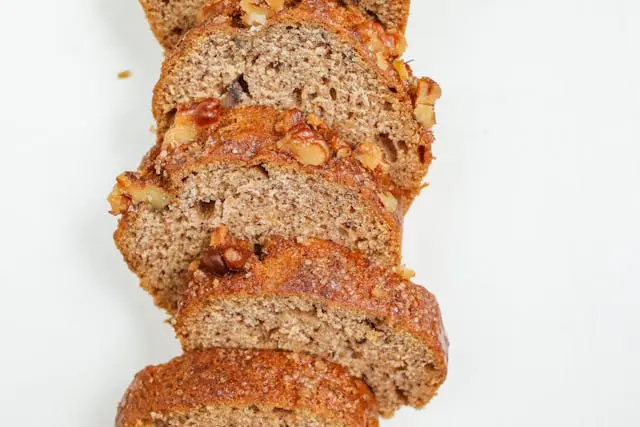

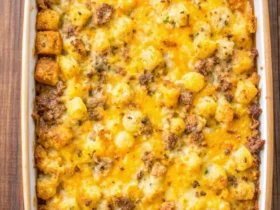
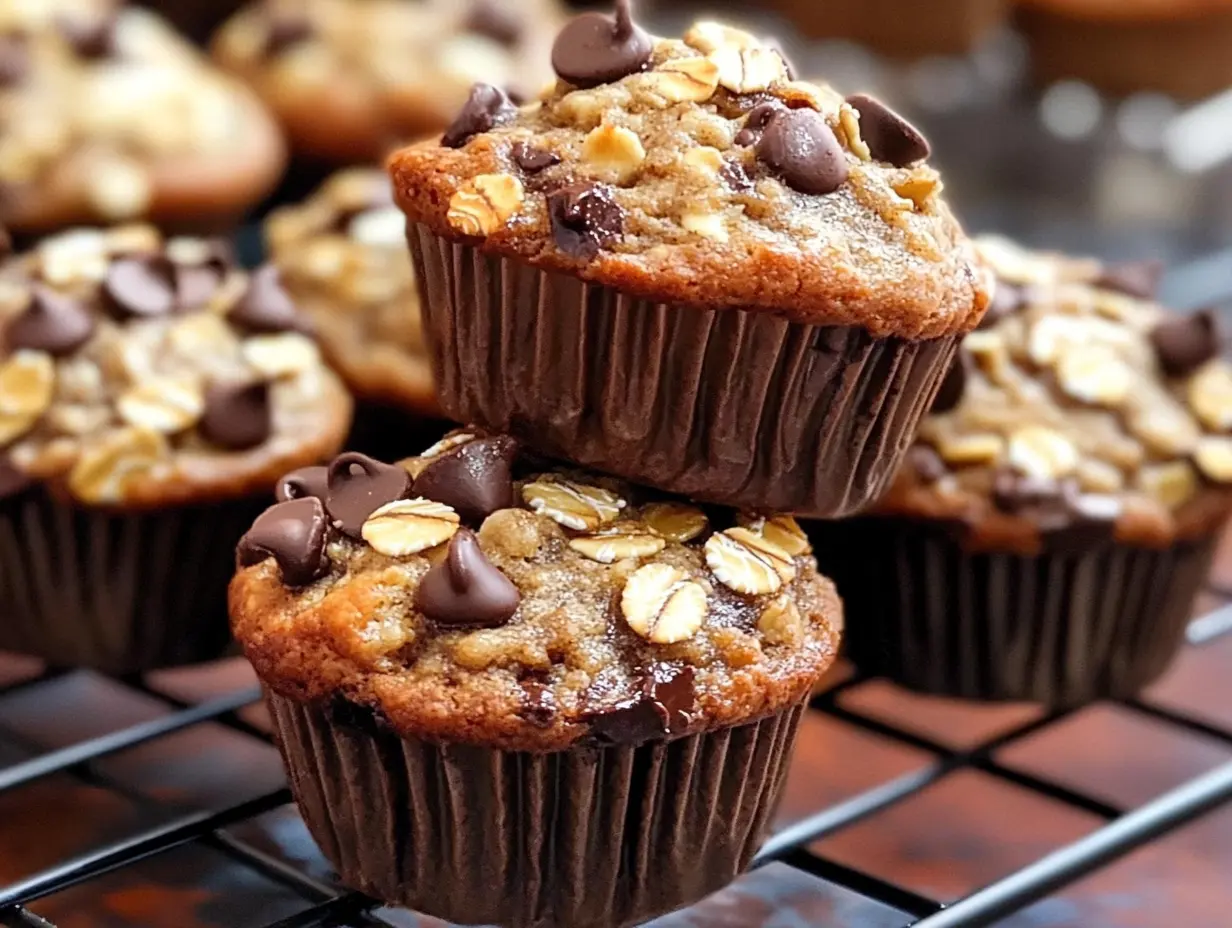
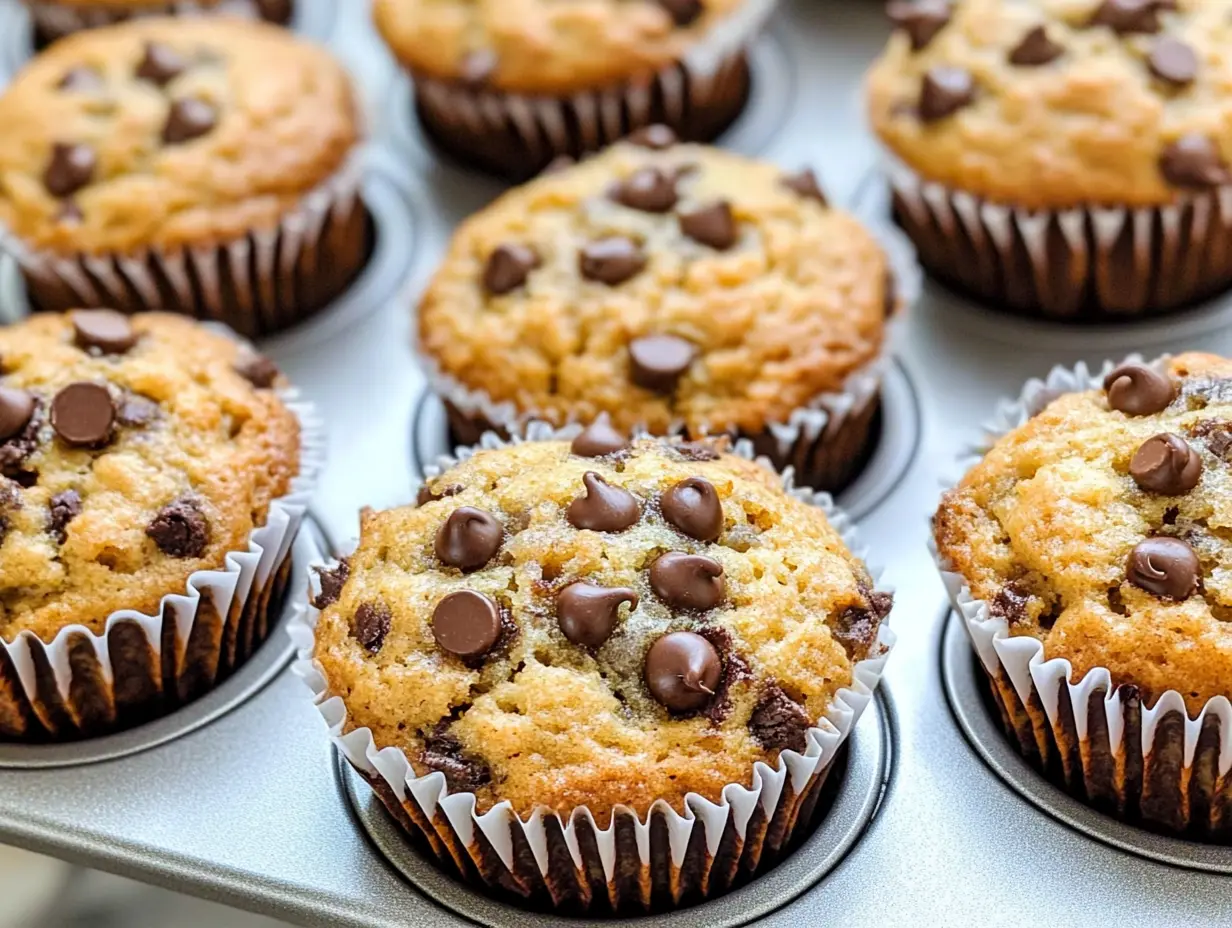
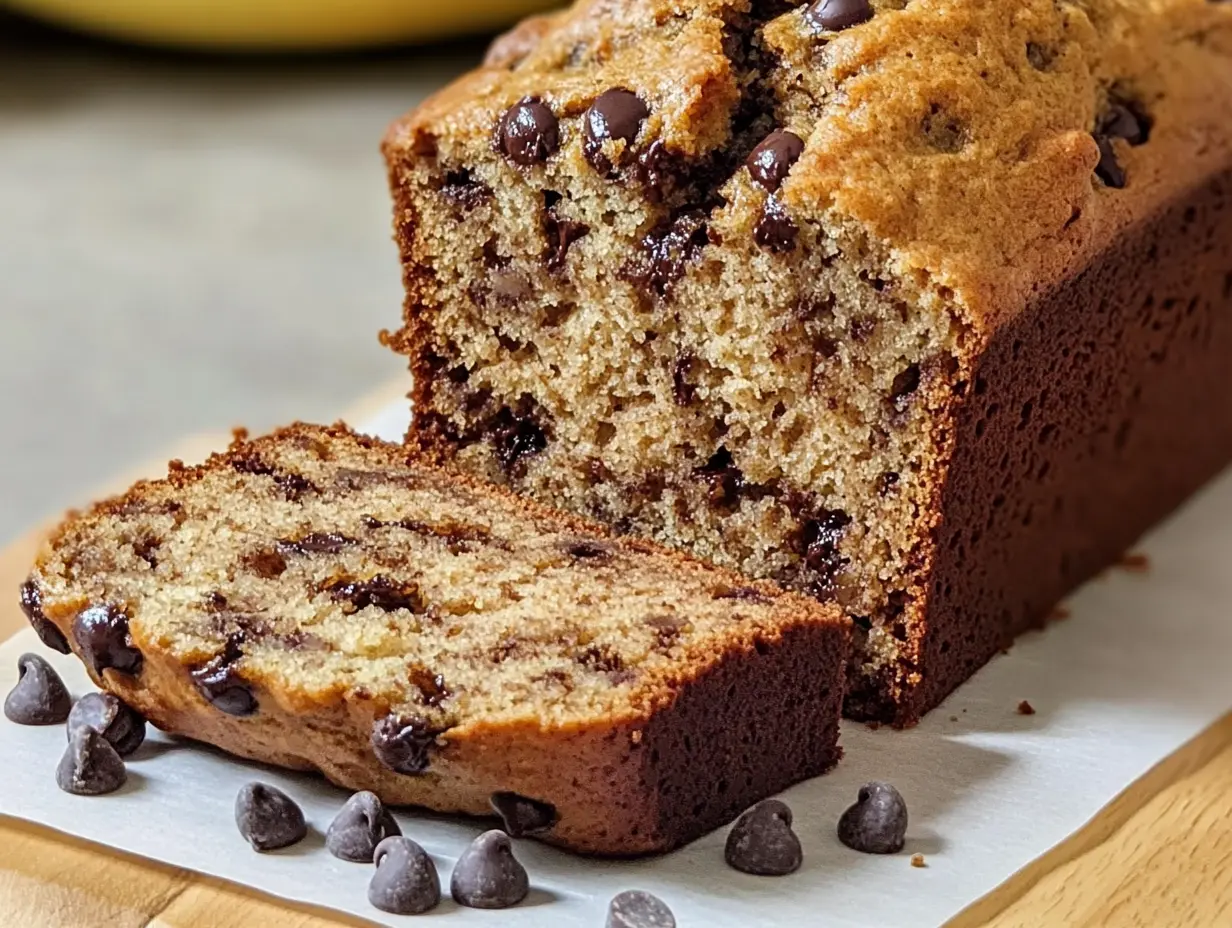
Leave a Reply